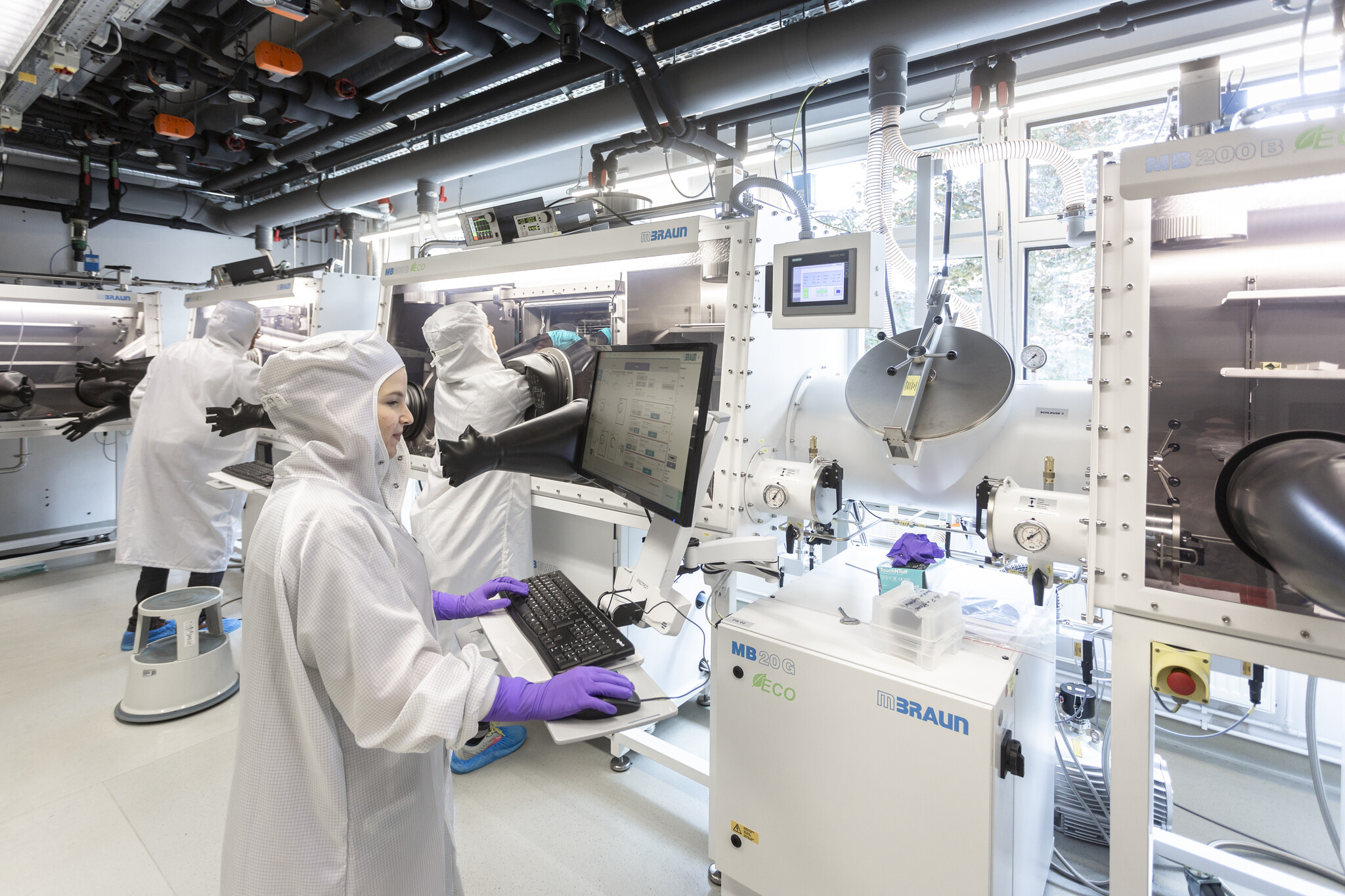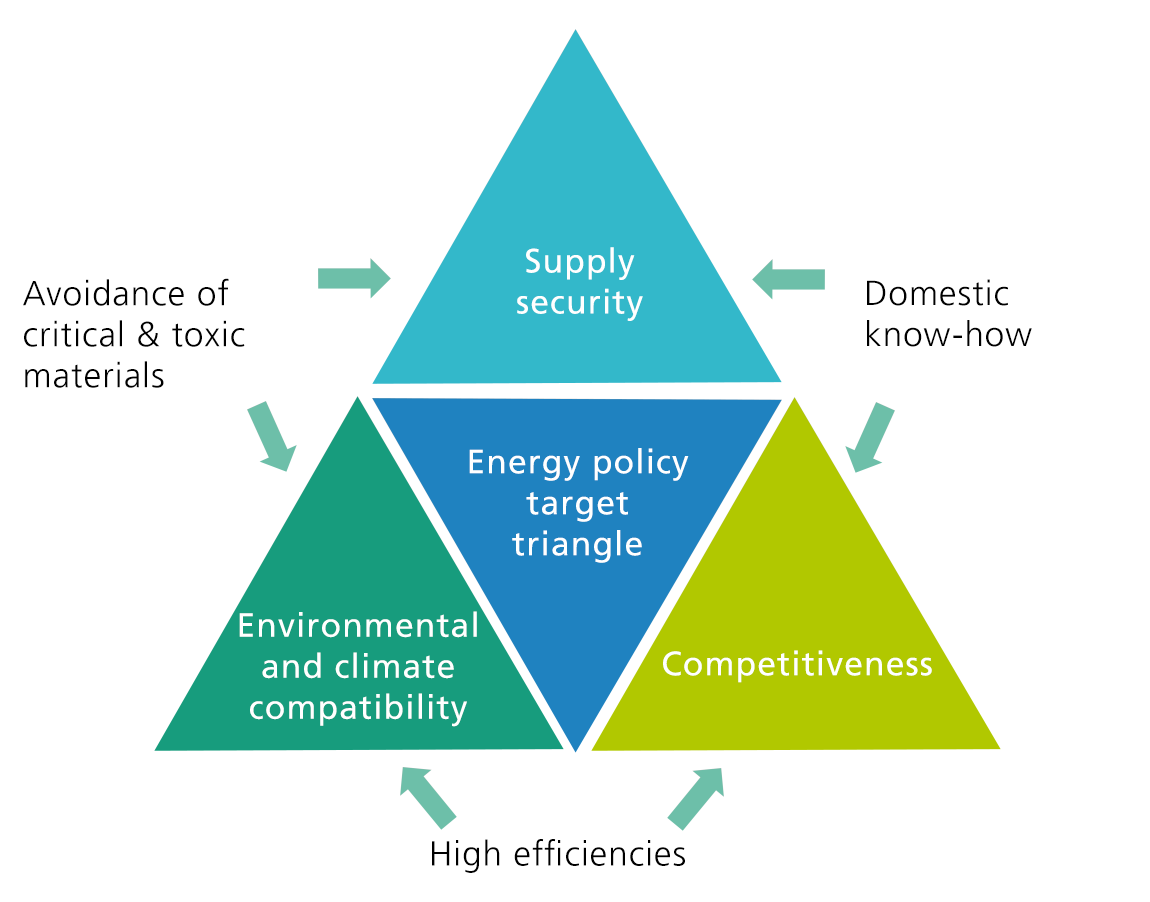About the Project
To successfully combat climate change, a transformation of the current energy system and a massive expansion of photovoltaics (PV) is necessary. Many studies show that photovoltaics will become the most important energy technology worldwide. It is therefore crucial for Europe and Germany to be active in this technology field and to serve the gigantic market with new disruptive innovations. The currently dominant silicon solar cell technology is largely based on innovations from Europe, Japan and the USA. Accordingly, European equipment manufacturing and material supply for silicon technology is still globally significant. On the other hand, silicon solar cells have recently been manufactured mainly in Asia. However, the further technological development of the silicon solar cell will reach its physical limit in the next few years. Thus, the development of new and innovative technologies offers Germany the opportunity to regain an international top position in the production of solar cells in addition to research, plant engineering and material supply.
This is where the MaNiTU lighthouse project comes in: By developing sustainable, highly efficient and cost-effective tandem solar cells based on perovskite absorber materials, MaNiTU opens up an outstanding opportunity for a successful European manufacturing PV industry:
- Reduction of area-dependent costs and lowering of the electricity production costs
- Enabling a broad field of applications from classic PV systems to integrated applications on buildings or in vehicles
- Reduction of resource consumption and the associated significant material flows of a global PV market on the terawatt (TW) scale.
- Avoidance of critical materials and development of recycling concepts.
Emerging perovskite solar cells have been developing rapidly in research since 2009, with an efficiency increase from 3.8% to over 25% today. Based on known perovskite absorbers, new absorbers as well as contact and passivation layers matched to them for highly efficient perovskite-based tandem solar cells are therefore being developed in MaNiTU using state-of-the-art material science methods. From the very beginning, the material and process development is analyzed and evaluated by comprehensive sustainability assessment.
The innovative approach of closely integrating theoretical modeling and experimental work on absorbers and contact layers makes it possible to understand interface effects and use them specifically for desired functionalities. At the end of the project, stability and high efficiencies will be demonstrated at module level, and the necessary material combinations and manufacturing processes will be secured by patents. In addition, a significant increase in knowledge regarding absorber materials and interface effects is expected. The developed materials and processes as well as the gained knowledge are additionally relevant for other optoelectronic devices and applications.

